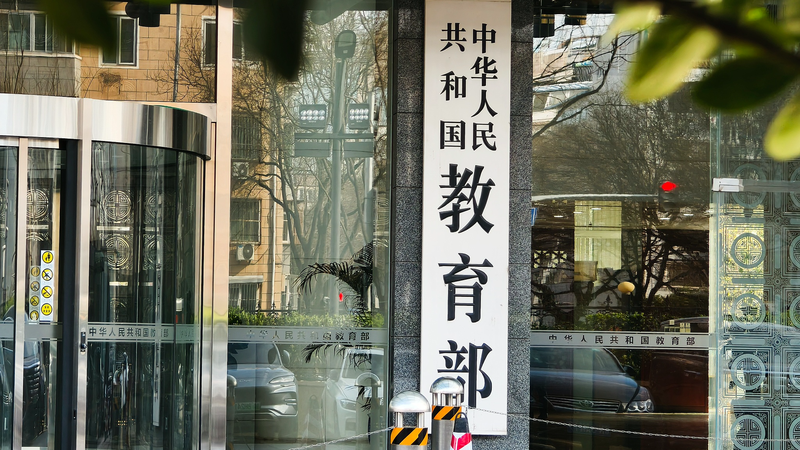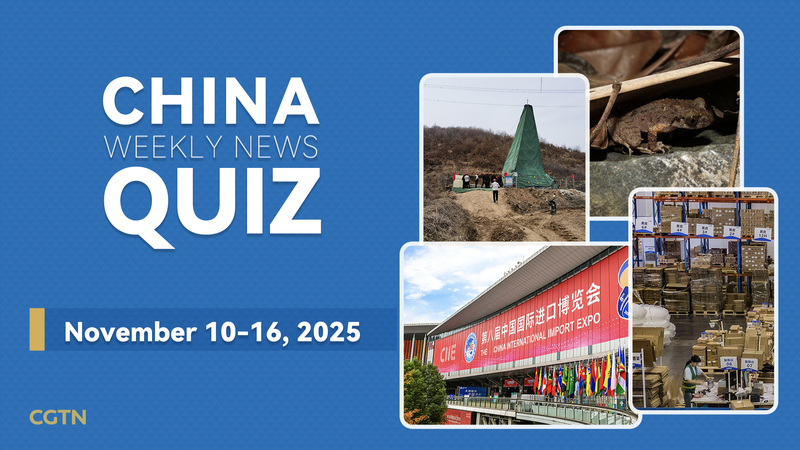In a first-of-its-kind discovery, Chinese researchers announced this Sunday that micrometer-scale crystalline hematite (α-Fe2O3) and maghemite (γ-Fe2O3) have been identified in lunar soil samples from the Chang'e-6 mission. These iron oxides, often linked to “rust” on Earth, were detected in samples returned from the South Pole–Aitken (SPA) Basin.
The analysis, carried out by teams from the China National Space Administration, Shandong University, and the Chinese Academy of Sciences, challenges the long-held view of the moon’s surface as a purely reducing environment. Published in Science Advances, the study provides credible evidence that oxidizing conditions can emerge on airless bodies like our moon.
Key data-driven insights:
- Impact-driven formation: High-energy collisions create localized heat and shock, transforming iron into hematite and maghemite.
- Oxidation rethink: The presence of Fe2O3 grains suggests that solar wind oxygen and micrometeorite-delivered water may drive local redox processes.
- Mission impact: This finding will inform sample-return strategies and in-situ resource utilization plans for future lunar explorers.
For young global citizens, entrepreneurs in space tech, and anyone curious about our nearest celestial neighbor, this breakthrough opens a new chapter in lunar exploration and shows how each grain of moon dust can rewrite scientific paradigms.
Reference(s):
'Rust' on the moon? Hematite discovered among Chang'e-6 lunar samples
cgtn.com




